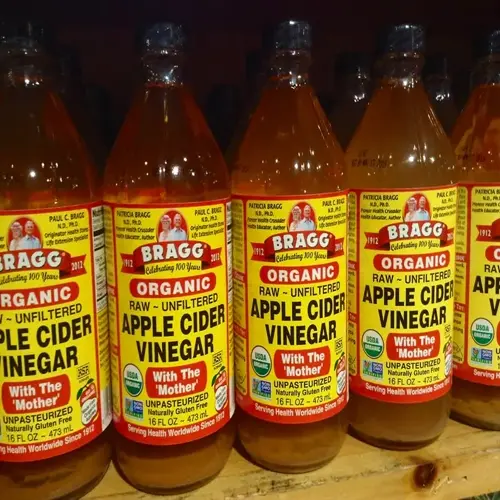How can I reduce sugar and sodium intake?

Written by
Chen Jialiang
Reviewed by
Prof. Benjamin Murphy, Ph.D.Reducing sugar and sodium starts with knowing the hidden sources in everyday foods. Flavored yogurts, canned soups, and condiments are often concealed suppliers of surprising amounts. A simple change in portion size or preparation often brings about a noticeable difference without compromising taste or convenience in meals.
Sugar Reduction Tactics
- Choose plain yogurt and add fresh fruit for natural sweetness
- Swap sugary cereals for oatmeal topped with cinnamon and nuts
- Read labels to avoid products listing sugar in the first three ingredients
- Replace soda with sparkling water infused with citrus slices
Sodium Cutting Methods
- Dilute canned soups with water or low-sodium broth
- Rinse canned beans and vegetables to remove excess salt
- Use herb blends instead of salt when cooking grains or proteins
- Select fresh or frozen vegetables over canned alternatives
Understand label reading through its primary criteria. A low-sodium product has less than 140 mg of sodium per serving. A low-sugar food contains 5 grams of sugar or less per serving. A reduced-sodium food has 25% less sodium than its regular counterpart. These benchmarks help spot real alternatives to better food options quickly.
Create flavors without add-ons such as using herbs and spices, and acids. Create seasoning blends using garlic powder, paprika, and dried herbs to season proteins. Use lemon juice or vinegar instead of salt to brighten vegetables. These techniques promote taste and augment your health goals.
Read the full article: 10 Healthy Eating Tips for Beginners

